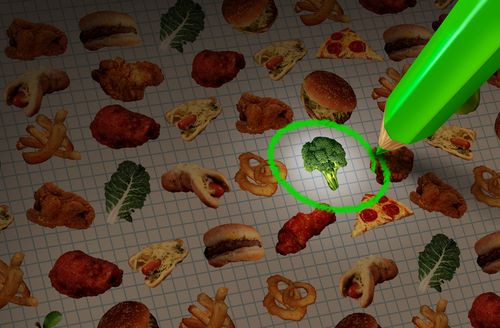Restaurant Chains Have New Menus With Lower Calories In Hopes Of Fighting Obesity Crisis In America

Restaurants have been taking the initiative and providing lower calorie, fat, and sodium options for their food and drink menus in the last two years, and researchers believe this could be an effective way to stimulate a downward trend in the obesity epidemic plaguing Americans today. Researchers from the Johns Hopkins Bloomberg School of Public Health studied menu items of large chain restaurants between 2012 and 2013 and published their hopeful findings in the American Journal of Preventive Medicine.
"If the average number of calories consumed at each visit was reduced by approximately 60 calories — the average decline we observed in newly introduced menus in our study — the impact on obesity could be significant," the study’s lead author Sara N. Bleich, an associate professor in the Department of Health Policy and Management at the Bloomberg School, said in a press release.
With over a third of American adults obese, the desperation for a way to reverse the catastrophically dangerous weight gain is ramping up, and chain restaurants are finally trying to help. Out of the top 100 largest restaurant chains, researchers examined the menu items in the main course, beverages, and children selections and found newer and healthier options.
The menu makeover definitely has its drawbacks, though. The high-calorie burgers, pizza, or sandwiches aren’t removed or rivaled with a lower-calorie version, but instead the healthier salad and side calories grew more elaborate. There was an overall 12 percent drop in calories, and researchers believe that’ll be enough to have a “significant impact on the nation’s obesity crisis,” so long as the double-stack bacon cheeseburger doesn’t catch your eye with override cravings and you commit to the grilled chicken salad with the dressing on the side.
"You can't prohibit people from eating fast food, but offering consumers lower calorie options at chain restaurants may help reduce caloric intake without asking the individual to change their behavior — a very difficult thing to do," Bleich said. "Given that the federal menu-labeling provisions outlined in the 2010 Affordable Care Act are not yet in effect, this voluntary action by large chain restaurants to offer lower calorie menu options may indicate a trend toward increased transparency of nutritional information, which could have a significant impact on obesity and the public's health."
Source: Bleich SN. Calorie changes in chain restaurant menu items: Implications for obesity and evaluations of menu labeling. American Journal of Preventive Medicine. 2014.



























